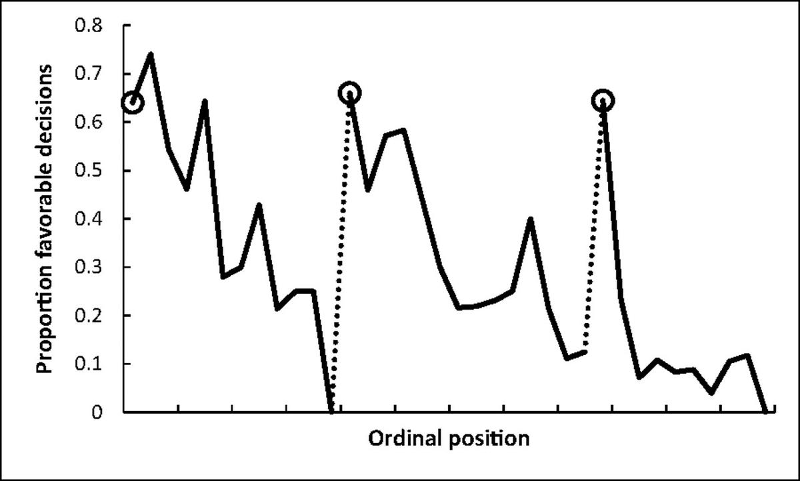A fascinating new study has just been published which found evidence for the immune system attacking a neuroreceptor in the brain in a small proportion of people with psychosis. It’s an interesting study that probably reflects what’s going to be a cultural tipping point for the idea of ‘immune system mental health problems’ or ‘madness as inflammation disorder’ but it’s worth being a little wary of the coming hype.
This new study, published in The Lancet Psychiatry, did blood tests on people who presented with their first episode of psychosis and looked for antibodies that attack specific receptors in the brain. Receptors are what receive neurotransmitters – the brain’s chemical signals – and allow information to be transferred around the nervous system, so disruption to these can cause brain disturbances.
The most scientifically interesting finding is that the research team found a type of antibody that attacks NMDA receptors in 7 patients (3%) out of 228, but zero controls.
The study found markers for other neuroreceptors that the immune system was attacking, but the reason the NMDA finding is so crucial is because it shows evidence of a condition called anti-NMDA receptor encephalitis which is known to cause episodes of psychosis that can be indistinguishable from ‘regular’ psychosis but for which the best treatment is dealing with the autoimmune problem.
It was only discovered in 2007 but there has been a long-running suspicion that it may be the best explanation for a small minority of cases of psychosis which can be easily misdiagnosed as schizophrenia.
Importantly, the findings from this research have been supported by another independent study that has just been published online. The two studies used different ranges for the concentration of NMDA antibodies they measured, but they came up with roughly the same figures.
It also chimes with a growing debate about the role of the immune system in mental health. A lot of this evidence is circumstantial but suggestive. For example, many of the genes associated (albeit weakly) with the diagnosis of schizophrenia are involved in the immune system – particularly in coding proteins for the major histocompatibility complex.
However, it’s worth being a little circumspect about this new enthusiasm for thinking of psychosis as an ‘immune disorder’.
Importantly, these new studies did blood tests, rather than checking cerebrospinal fluid – the fluid that your brain floats around in which lies on the other side of the blood-brain barrier, so we can’t be sure that these antibodies were actually affecting the brain in everyone found to have them. It’s likely, but not certain.
Also, we’re not sure to what extent anti-NMDA antibodies contribute to the chance of developing psychosis in everyone. Certainly there are some cases where it seems to be the main cause, but we’re not sure how that holds for all.
It’s also worth bearing in mind that the science over the role of the genes associated with the schizophrenia diagnosis in the immune system is certainly not settled. A recent large study compared the role of these genes in schizophrenia to known autoimmune disorders and concluded that the genes just don’t look like they’re actually impacting on the immune system.
There’s also a constant background of cultural enthusiasm in psychiatry to identify ‘biomarkers’ and anything that looks like a clear common biological pathway even for a small number of cases of ‘psychiatric’ problem gets a lot of airtime.
Curiously, in this case, Hollywood may also play a part.
A film called Brain On Fire has just been shown to film festivals and is being tested for a possible big release. It’s based on the (excellent) book of the same name by journalist Susannah Cahalan and describes her experience of developing psychosis only for it later to be discovered that she had anti-NMDA receptor encephalitis.
Hollywood has historically had a big effect on discussions about mental health and you can be sure that if the movie becomes a hit, popular media will be alive with discussions on ‘whether your mental health problems are really an immune problem’.
But taking a less glitzy view, in terms of these new studies, they probably reflect that a small percentage of people with psychosis, maybe 1-2%, have NMDA receptor-related immune problems that play an important role in the generation of their mental health difficulties.
It’s important not to underestimate the importance of these findings. It could potentially translate into more effective treatment for millions of people a year globally.
But in terms of psychosis as a whole, for which we know social adversity in its many forms plays a massive role, it’s just a small piece of the puzzle.
Link to locked Lancet Psychiatry study.
 The brilliant developmental neuropsychologist Annette Karmiloff-Smith has passed away and one of the brightest lights into the psychology of children’s development has been dimmed.
The brilliant developmental neuropsychologist Annette Karmiloff-Smith has passed away and one of the brightest lights into the psychology of children’s development has been dimmed.